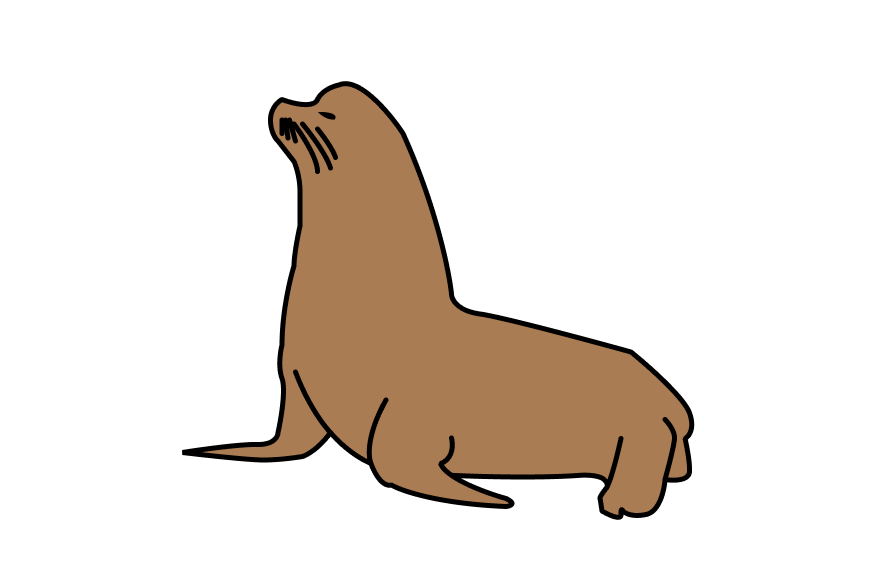
Project Products
This work was completed as part of my M.S. Thesis at the University of Washington’s School of Aquatic and Fishery Sciences in 2025.
Thesis
My M.S. Thesis titled “Participatory Modeling to Evaluate Tribal Pinniped Harvest in Puget Sound as a Tool for Salmon Recovery” is available online from ProQuest. It can also be downloaded from ResearchGate here.
M.S. Thesis Defense presentation recording can be viewed on Zoom Passcode: h!U?=fL9
Model Repositories
The model is available publicly in a few different forms in GitHub repositories. A basic 1 predator - 1 prey version of the model can be found in repo TheGauntletModel. The files and outputs associated with our initial model explorations and manipulations (Chapter 2 of my thesis) can be found in repo GauntletModelManipulations.

Motivation
Pinnipeds and salmon have been actively managed by tribes in the Salish Sea since time immemorial. Pinniped harvest impacted pinniped populations directly through removals, indirectly through disturbance, and spatially by excluding them from easily accessible areas near village sites, which often included important salmon migration routes. Current management practices struggle to balance pinniped recovery success with the need to protect the threatened salmon populations they prey on. Providing pathways for tribes in Puget Sound, Washington, USA to exercise their treaty rights to harvest pinnipeds in a way that mitigates salmon predation hotspots could be an effective management strategy that balances complex conservation objectives while operating within existing legal and political frameworks.
Methodology
To ensure that our research fit within tribal management realities, we used a participatory modeling process where our model inputs, structure, and objectives were determined by project participants, including managers and knowledge holders from tribal, state, and federal agencies. Our participant group agreed to focus on salmon survival as the response of interest and determined that exploring the behavioral response of pinnipeds to foraging opportunities and harvest activity would be valuable for understanding data gaps and designing future monitoring programs.
Science
We developed a model that simulates the dynamics between pinnipeds and salmon using a combination of agent-based and equation-based components to represent aspects of pinniped behavior, foraging decisions, fear conditioning, individual learning, and social contagion. Using this model, we simulated different management regimes for pinniped harvest and evaluated success by monitoring the number of salmon who survive predation by pinnipeds and are therefore available to fulfill other management objectives.
Impact
The results from this study will be used by our partners in other tribal resource management agencies, especially the Nisqually Indian Tribe and the Muckleshoot Indian Tribe, to structure pinniped management in their Usual & Accustomed areas and identify data gaps for future monitoring efforts.
This project was funded by an award from Washington Sea Grant to the Makah Tribe (R/HCE-28).
